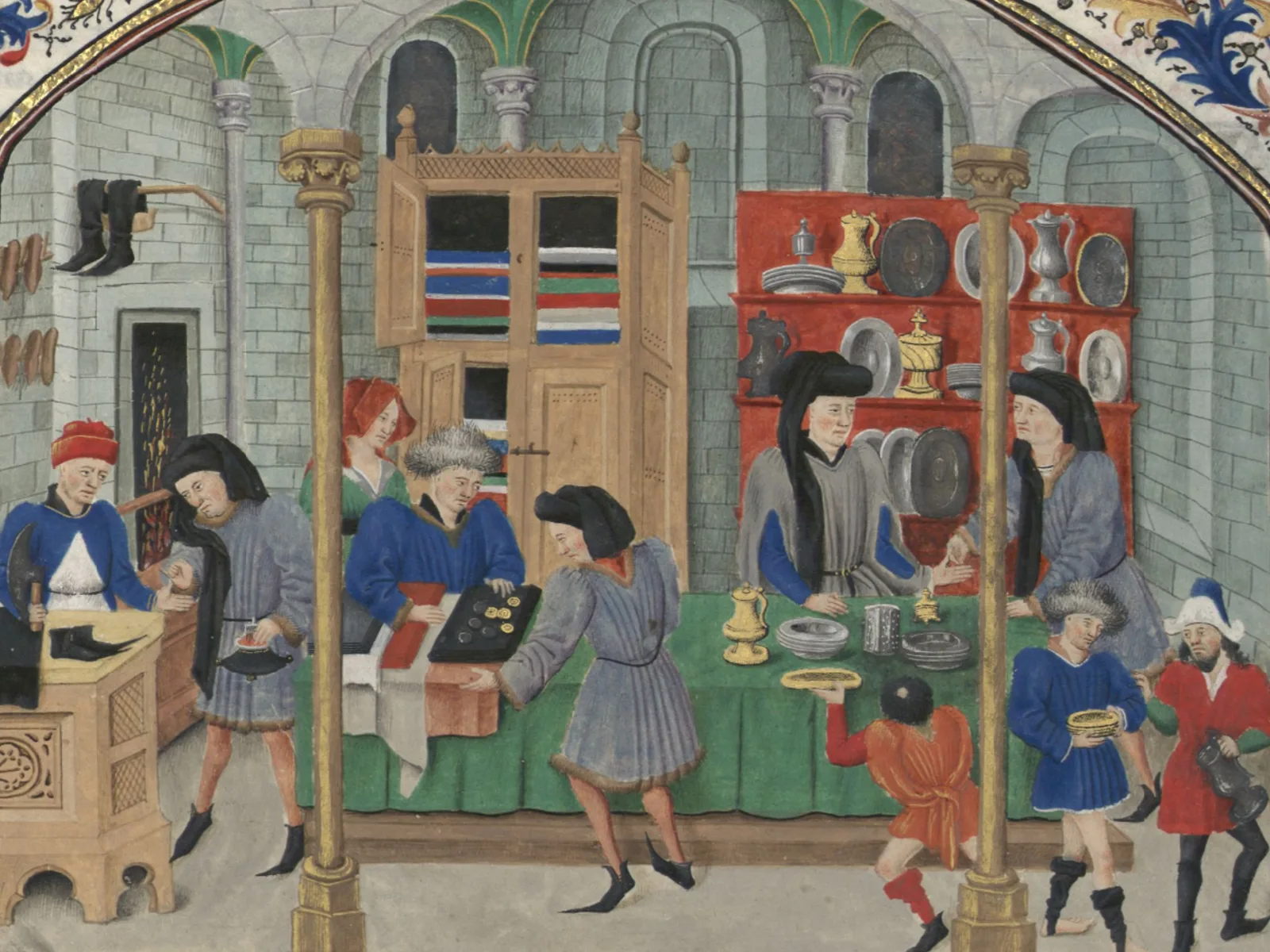
A brief history of the circular economy
The term is relatively recent but the concept is as old as mankind: the 'circular economy' where goods are reused, recycled and repaired.
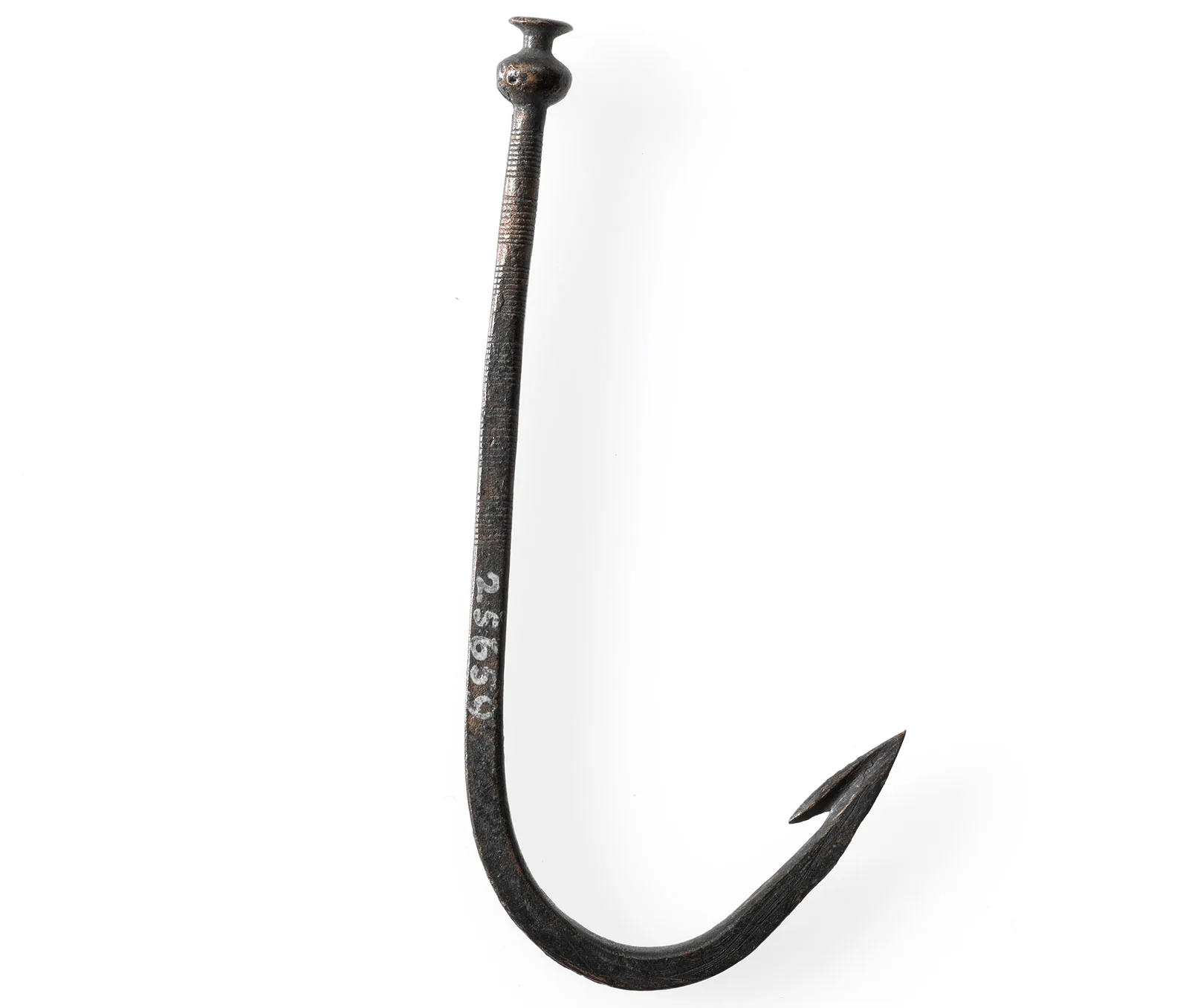
Two developments were the main drivers in reducing the value of things. The Industrial Revolution made items cheaper to produce and, as a result, less valuable. The second development was the '1950s syndrome' caused by the flooding of the global markets with cheap crude oil during the 1950s. Transport costs fell, and lower oil prices also caused other commodity prices to fall due to the reduced production costs of raw materials. This in turn made the products manufactured using these raw materials considerably cheaper. Hence the emergence of 'disposable products' and growing mountains of waste.
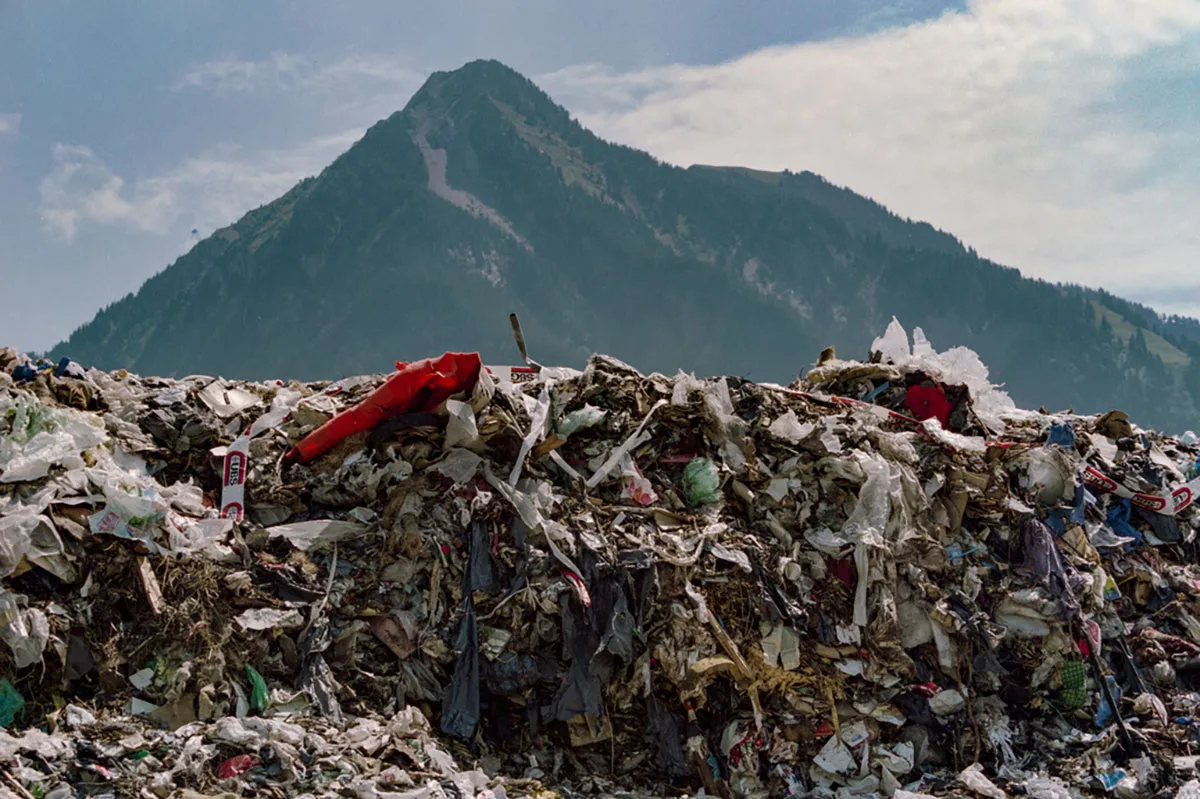
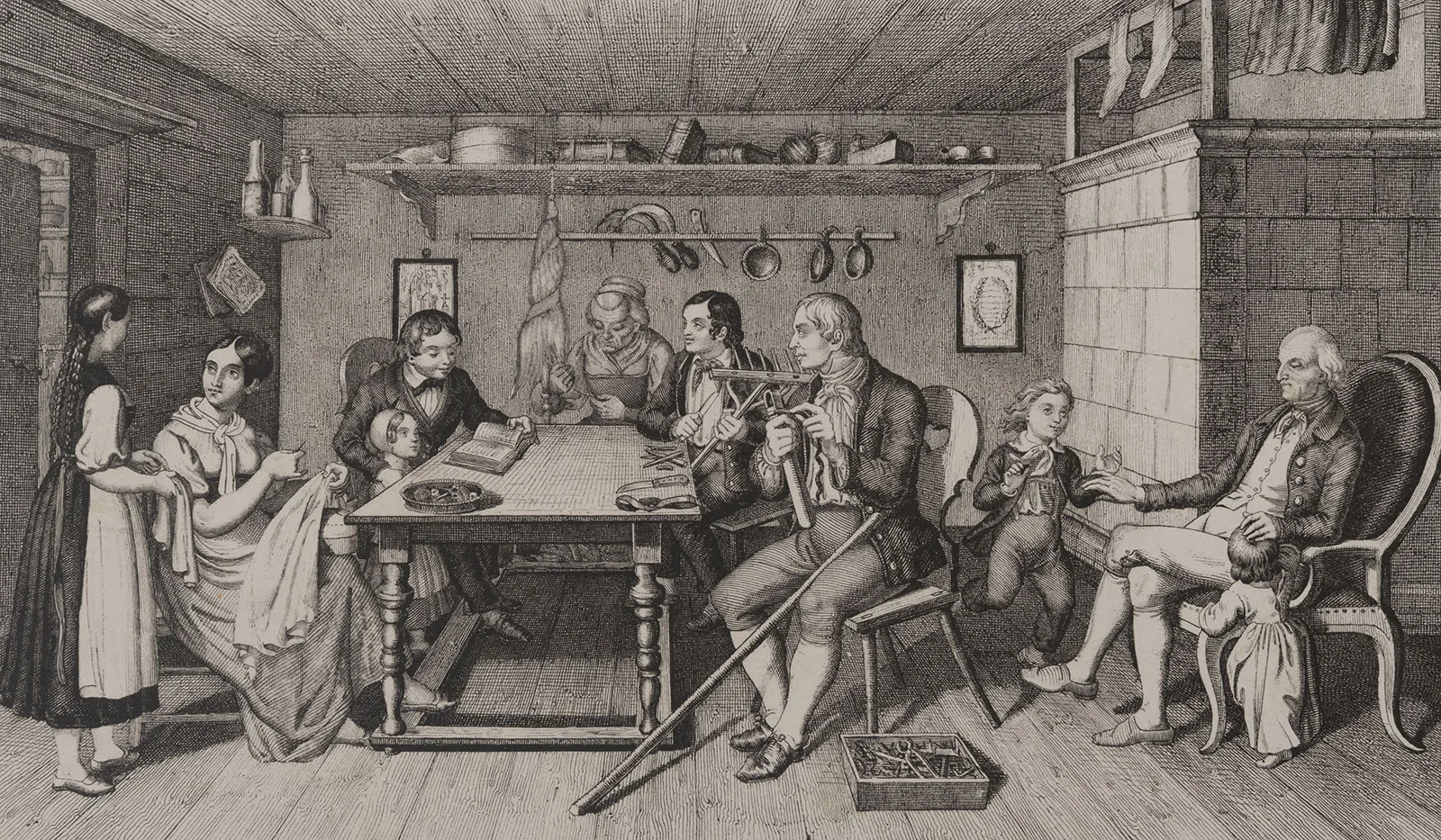

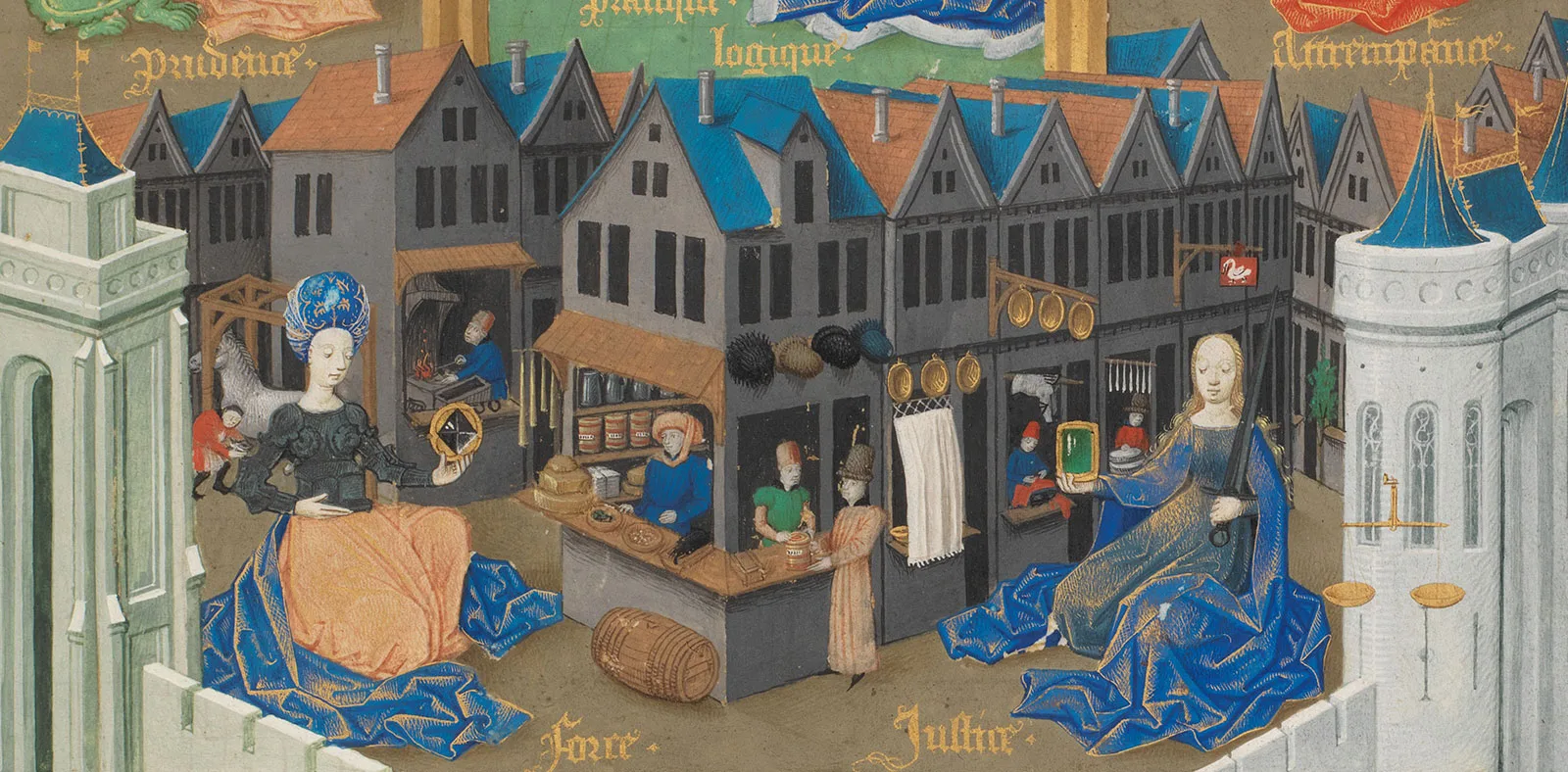
One way of preserving resources is to design things that are reparable and reusable. Circular design is when items and their constituent raw materials are created with the circular economy in mind during the design and development phase. These methods do matter but they often overlook the third principle, i.e. reduce. And that is the most important of the three circular economy fundamentals. Having less, going without, reducing are indispensable to effectively lowering resource consumption. One example of reduction is “tiny houses”, i.e. small houses with a smaller surface area and lower energy and resource consumption.


